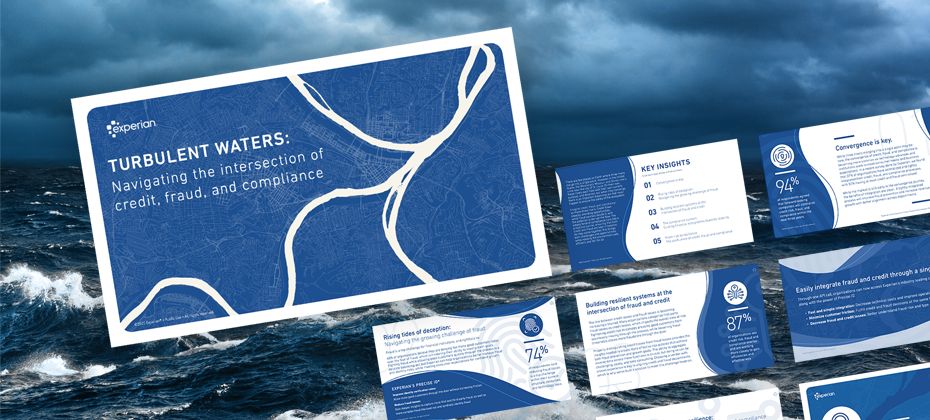Understanding the behaviors of best-in-class credit risk managers
For financial institutions to achieve superior performance, having the appropriate set of credit risk managers is a prerequisite. The ability to gain insight from data and customer behavior and to use that insight for strategic advantage is a critical ingredient for success. At the same time, the risk-management community is under increasing pressure to understand and explain underlying trends in credit portfolios — and to monitor, interpret and explain these trends with ever-greater accuracy.
A common problem financial institutions face when confronting staff resource needs is the difficulty in recruiting and retaining experienced risk-management professionals. The risk-management community is notoriously small, and hiring expertise from within this community is extremely difficult. Skilled risk managers truly are a finite resource, but their skill set is in huge demand.
Hiring the right talent is crucial to job satisfaction, leading to higher engagement levels and reduced attrition costs. On top of that, employee engagement is vital to an organization’s success. It drives employee productivity and fosters a culture of innovation, which leads to higher profitability for the entire organization. Building, attracting and retaining risk-management resources requires a commitment to engaging in staff personal development. A great way to support employee engagement is to invest in their personal and professional development, including opportunities for training and team building. If an organization can show that it is committed to developing its people and providing opportunities for career growth, employee engagement levels will rise, with all the benefits this entails.
Typically, financial institutions bridge the resource skill gap by either hiring skilled statistical and analytical experts or developing in-house resources. Both of these approaches, however, require significant on-the-job training to teach employees how to link raw statistical techniques and procedures to influencing the profit and loss statement of the business line which they support. The challenge is often broadening the understanding of these skill set “silos” and their contribution to the overall portfolio. By opening that view, the organization generates additional value from these resources as lines of communication are improved and insights and opportunities found within the data are shared more effectively across the organizational team.
Experian’s Global Consulting Practice provides a solution to this problem.
Our two-day Risk and Portfolio Management Essentials training workshop offers the opportunity to understand the behaviors of best-in-class risk managers.
- What are the tools and enablers required for the role?
- How do they prepare for the process of managing credit risk?
- What areas must risk managers consider managers across the Customer Life Cycle?
- What differentiates the good from the great?
To complement the training modules, Experian® offers an interactive, team-based approach that engages course participants in the build options of a defined portfolio. Participants leverage the best-in-class techniques presented in the sessions in a series of competitive, team-based exercises. This set of cross-organizational exercises drives home the best-in-class techniques and further builds understanding that resonates across the organization long after the course is concluded.
For our current offerings, locations and to register click here.


